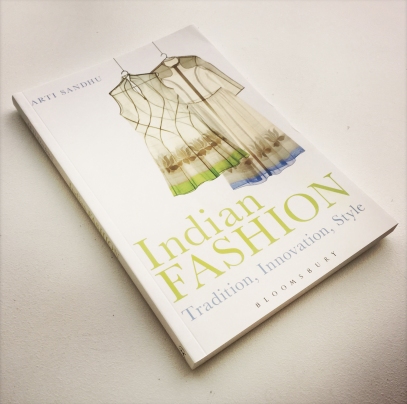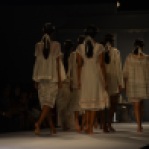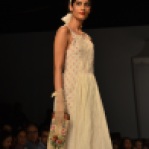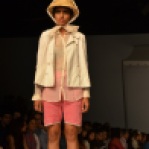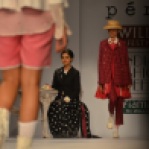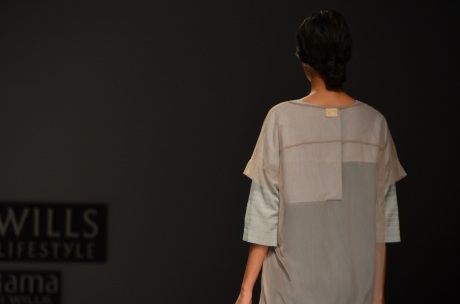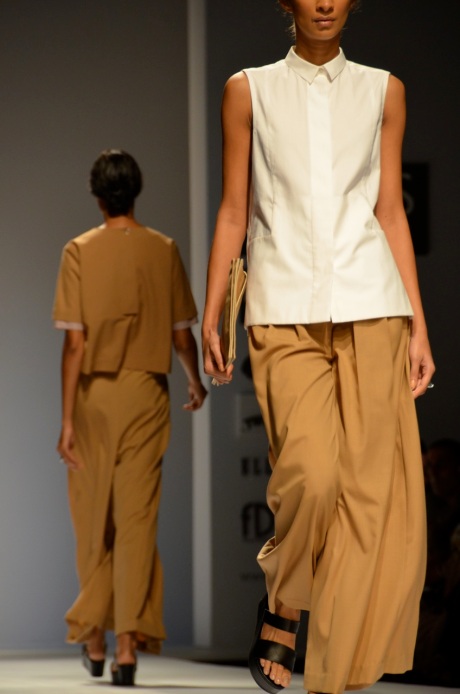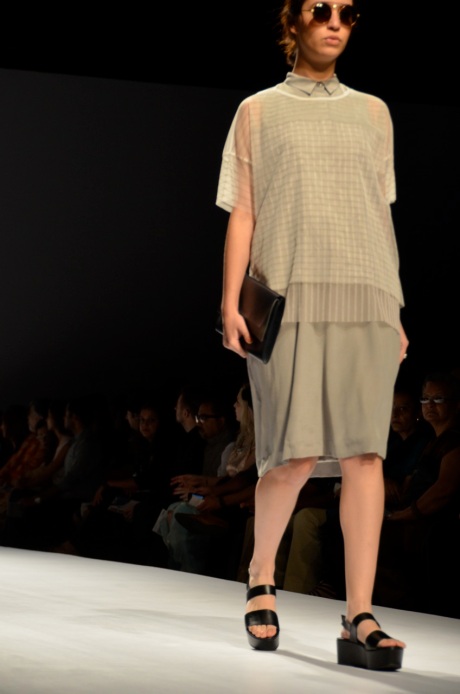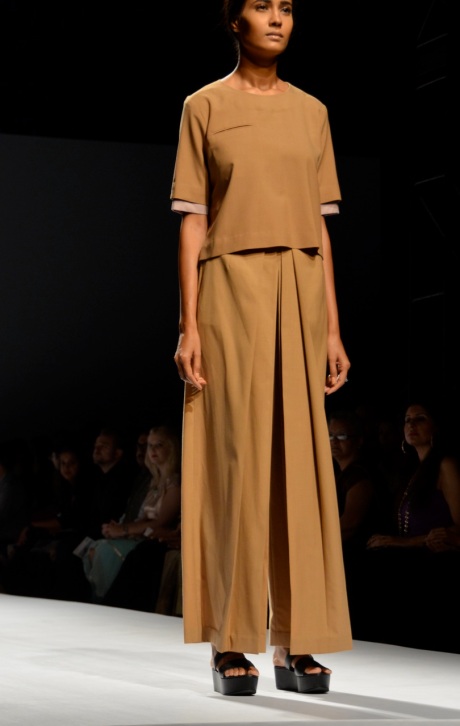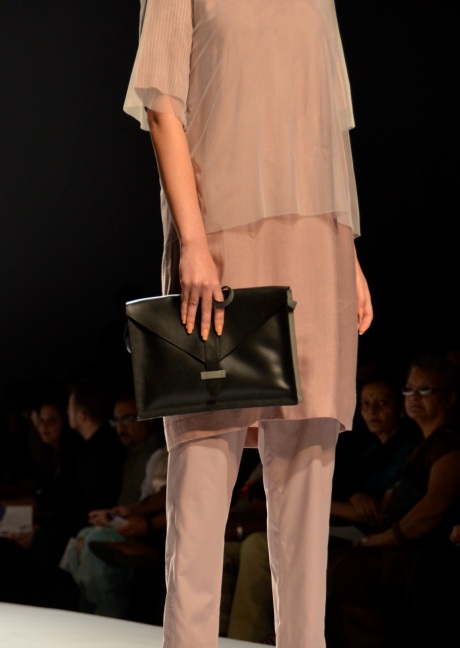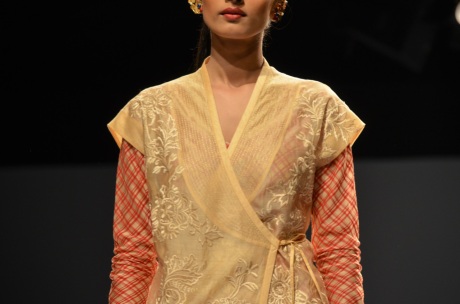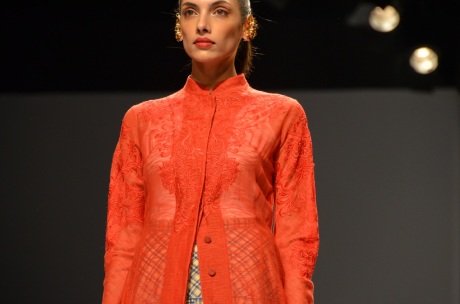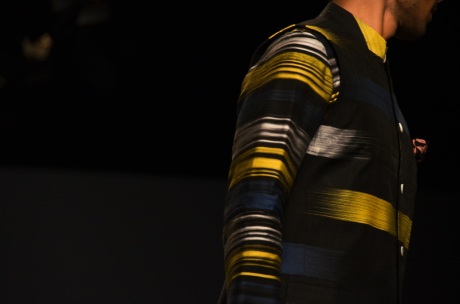After many years of research, writing and re-writing (which also included a break to welcome our new baby Liam) Indian Fashion: Tradition, Innovation, Style is finally out in print!
This journey began with some early papers I wrote on fashion and the Indian middle class and Indian fashion magazines – presented at conferences while I was teaching design at Massey University in New Zealand. Back then (I’m talking of 2005) I would find little in terms of academic research on Indian fashion. Emma Tarlo’s Clothing Matters: Dress and Identity in India (an invaluable text) along with a few journal articles and chapters here and there were all that I could access that directly related to “fashion” and India. To find these one had to wade through masses of writings on the sari that also referred to it and all other forms of Indian traditional dress as “costume”.
My decision to turn my research into a full-fledged book proposal came about in response to this lack of academic discussion (then) on Indian fashion, as well as my awareness of the vibrant fashion scene I had witnessed (and once been a part of) in India, contrasted with the general unawareness of this fact outside of India. Now of course things are different—thanks to Berg/Bloomsbury and other such publishers’ support for authors and texts on non-Western fashion as well as much more academic interest in these areas (evident at the recent Contemporary South Asian Youth Cultures and Fashion Symposium held at LCF, London in Sept 2014—where for once I felt like my paper on Indian Streetstyle fitted the conference agenda!).
As highlighted in the book’s preface, Indian Fashion attempts to offer a broad overview on fashion in India and in doing so (as I’m sure many will agree) it leaves out a lot of detail. While I acknowledge this fact, as well as my lack of prior academic training (I have two fairly traditional design degrees that have brought me to this point in my career) my hope is that this text will compliment others that do indeed provide more in-depth discussions on various topics that I introduce and touch upon in the book. While not everyone will agree with certain aspects of my discussion in the book or in some cases my overall approach, I am certain that the key ideas and concepts it builds upon—such as the the impact of globalization on Indian dress, the co-existence of tradition and modernity, various strategies of design innovation and self-fashioning, and the resurgence of nationalist ideals and revival of Indian crafts and textiles in fashion design, to name but a few—should undoubtedly remain valuable points of reference. Also, through my own design training and years of teaching fashion design studio, I am confident that the images that support the book’s discussion accurately represent the dynamism evident in various the design innovations currently underway within the arena of Indian fashion—on the catwalk, in print, in the media, in film, on television and on multiple style blogs.
I am grateful to many people for their input and support as I worked on this book and I include here an excerpt from the book’s acknowledgements: “Many invaluable discussions on fashion with Asha Baxi were central to the inception of this book’s research. I am indebted to Shefalee Vasudev for sharing her deep insight on fashion in India as well as assisting me in approaching various members within the fashion industry. Several people generously gave their time and thoughts across numerous interviews and informal chats through the course of my research that have helped enrich the content in this book. I am deeply grateful to these wonderful and dynamic fashion professionals: Yatan Ahluwalia, Aneeth Arora (Péro), Sonu Bohra and Jasleen Kaur Gupta (FashionBombay.com), Meher Castelino, Neeraj Chauhan and Alpana Mittal, Anjali Chawla, Kallol Datta, RK Deora, Anita Dongre, Swarup Dutta, Rohit Gandhi and Rahul Khanna, Sanjay Garg (Raw Mango), Gaurav Gupta, Amit Hansraj, Hemani Kashikar, Sangita Kathiwada, Vinod Kaul, Azeem Khan, Tarun Khiwal, Heena Kochhar, Narendra Kumar, Ritu Kumar, Ritu Kumar (O’Layla), Neeta Lulla, Gaurav Mahajan, Nida Mahmood, Manou (wearabout), Rahul Mishra, Anju Modi, Pavitra Mohan (Masala Chai), Puja Nayyar, Nazarul, Ekta Rajani, Nihal Rajan, Rajdeep Ranawat, Wendell Rodricks, Harilein Sabarwal, Priya Sachdev, Nitin Saxena, Mehul and Kaushik Shrimanker, Mandira Shukla, Sujata Assomull Sippy, Geetika Srivastava, Manasi Scott, Rajiv Takru and JJ Valaya. Additional thanks to Vineeta Nair, Savitri Ramaiah, Vinayak Razdan and Shalini Singh, and all those who generously contributed towards the book’s images – as outlined in the image credits. My field research in Mumbai would not have been possible without my sister Tarana Singh’s determination, endless enthusiasm and driving skills. I would also like to thank the Fashion Design Council of India (FDCI) for allowing me access to attend Pearls Infrastructure Delhi Couture Week (in 2010) and Wills Lifestyle India Fashion Week (WLIFW, 2013).
The thoughtful and thorough review notes provided by the anonymous reviewer on the initial manuscript as well as those from earlier anonymous reviews at the proposal stage helped strengthen the premise of the book. In addition, the texts edits and feedback provided by Lilian Mutsaers, Maren Nelson, Debra Parr, Shefalee Vasudev, Simon Holland and Param Sandhu – who were subject to various stages of the book’s rough drafts – were an invaluable and important part of its evolution. Furthermore, this project could not have been completed without Columbia College Chicago’s faculty development grants that funded various segments of field research and the supportive environment within the Fashion Studies department, chaired by Debra Parr, that allowed me the time and resources required for the preparation of the final manuscript.”
Being solely responsible for almost all the image acquisitions and permissions for this book was also no easy task. Numerous people helped me secure valuable images from designers, magazines, TV shows and movies for this book. While some are mentioned in the list above as well as in the list of illustrations (in the book) I would like to extend a big “thank you” to various PR representatives of the designers and brands featured, the designers themselves, individual photographers, film and TV channel reps, as well as the editors of Vogue India, Elle India, Marie Claire India and Harper’s Bazaar India. In many cases hunting for images (such as the one from Bombay Dyeing or one from a old issue of Femina magazine that did not get published) was akin to being a detective – and I will write about some of these experiences in another blog post.
And finally on a more personal note: “This book is dedicated to my husband, Simon Holland, whose patient and selfless support over the years made it possible to complete. Also included in this dedication are my parents, Amrita Sandhu and Deshvir Sandhu, who never questioned my decision to study fashion design at a time when it was a relatively new field in India. Together they have served as devoted research assistants throughout my field research in Delhi. In addition to diligently mailing me Indian fashion magazines across the world over many years, Amrita Sandhu has also provided majority of the images in Chapter 2.”
Cover Image: Rahul Mishra, S/S 2011
